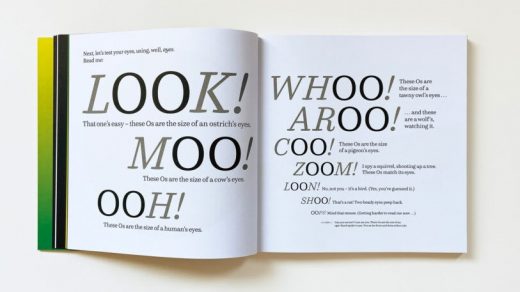This clever children’s book uses interactive data visualizations to explain the universe
“Touch this dot,” the text reads. So I touch the tiny dot with my finger not knowing why.
“You just left behind 100,000 bacteria,” the book explains on the next page. “Or more knowing you.”
Rude. But also, neat!
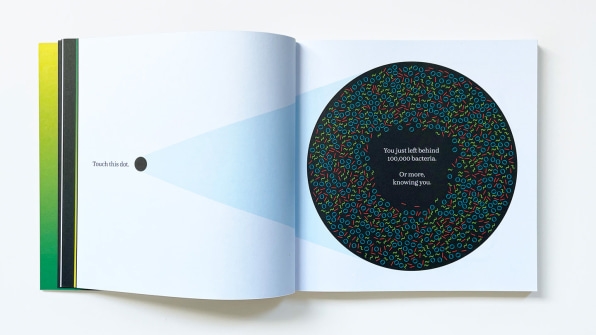
This is but one of many silly, mind-bending moments in a new children’s book called I am a book. I am a portal to the universe. A collaboration between data-centric designer Stefanie Posavec and data journalist Miriam Quick, the book is essentially a crash course in science, wrapped in dozens of cheeky, interactive data visualizations that seem to make the book feel alive.

[Photos: Steve McInerny/TomAllan/courtesy Particular Books]
“The pared-back aesthetic is due to the book’s core concept. The whole book, even the endnotes and acknowledgements, is written in the first person, in the book’s own voice. It developed its own rather theatrical character as we worked on it,” says Posavec. “The book speaks directly to the reader using whatever materials it has at its disposal to communicate the wonders of our universe. In the purest sense, that means the book’s paper and binding, its typeface and its CMYK ink, or, as the book would call them, its ‘superpowers.’”
It’s hard to explain without actually experiencing it. Which is exactly why it’s so much fun. For instance, at one moment, the book asks you to put it on your head and take it off. That difference in weight you feel? That’s how much lighter you are on the top of a mountain than at sea level, the book explains, because of the difference in gravity at different altitudes. The experiential facts hit you in rapid fire as you flip through the book, with each turn of the page setting you up for another mini, mind-blowing experience.

Such a book—which at times asks you to flip its pages to feel the wind, or stick it in soil to explore the dirt—could not be written in a typical way. Because the duo knew they wanted to create a book that used its own, 1:1 measurements to explain the world, they built a dummy book early in the process to explore just what they could do to bring these ideas alive. Quick led the research and writing, and Posavec arted the book. The two used a spreadsheet to narrow down the best ideas to include, but given the physical nature of the material, the writing and data viz gimmicks had to work hand-in-hand through constant revision.
“We had to make lots of small adjustments to the wording to ensure that line length, rhythm, tone and the number of words on each page were all perfectly balanced and worked with the planned design concepts,” says Quick. “Some sentences and designs went through about 40 different versions before we found the right one.”
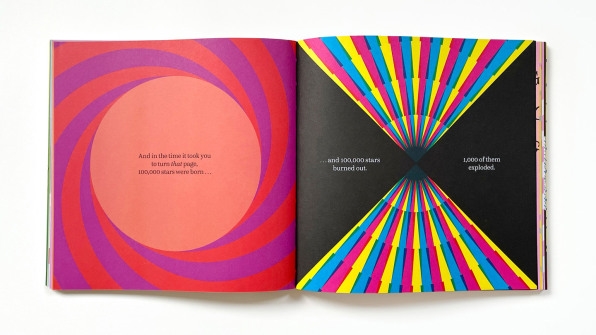
As a father of two, I’ve read more lazily written children’s books than I ever imagined. I am a book. I am a portal to the universe. is anything but a celebrity’s weekend diversion. You can sense the love that went into every page, as you stick out your tongue to compare its length to that of a butterfly’s, or you examine the simple “OO” letters placed across the paper, sized to the exact proportions of the eyes of various animals and insects.
My first grader, who loves a good book of facts, laughed out loud as he read the book in his bed. And I was glad to hand him something that could articulate the enormous scale and tiny inner workings of the universe so effortlessly. By the time you finish reading, you will find yourself in more awe, not just of our grand observable world, but of this tiny book itself. After all, there are more cellulose molecules inside of its pages than the number of seconds since time began. I read that somewhere.
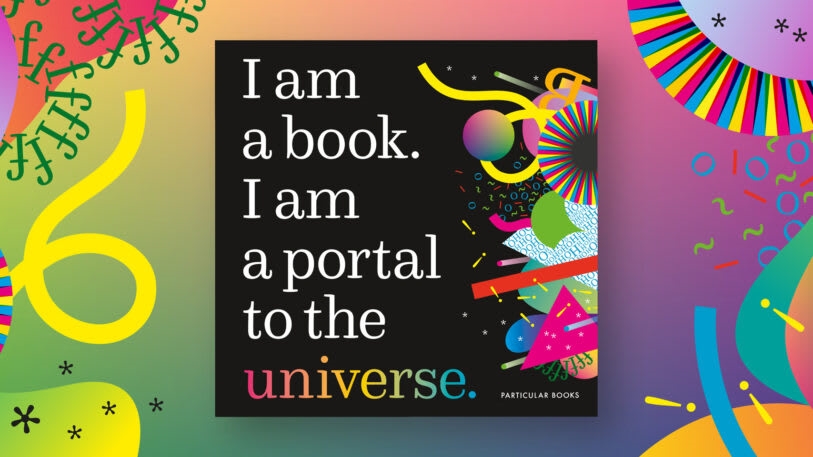
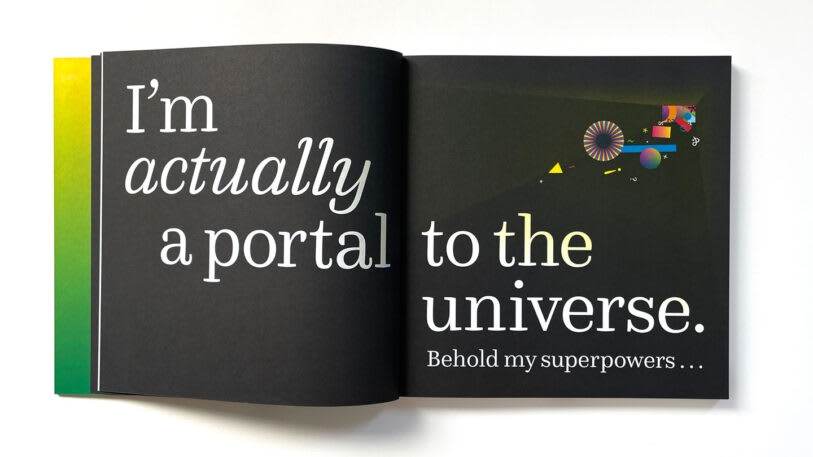
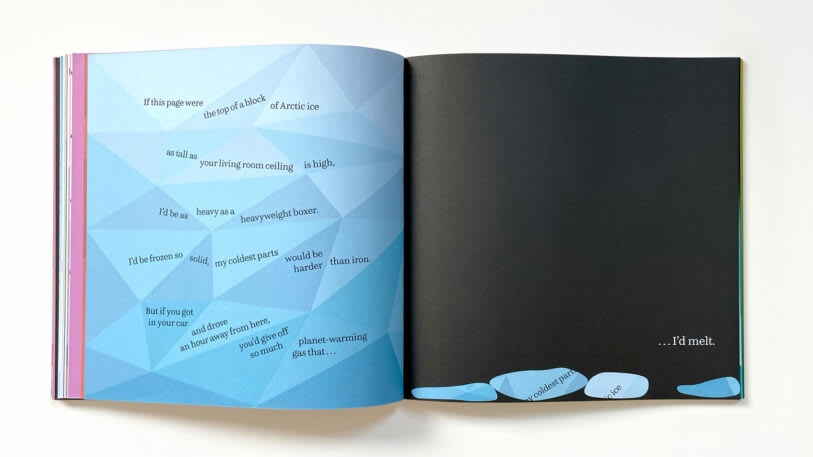
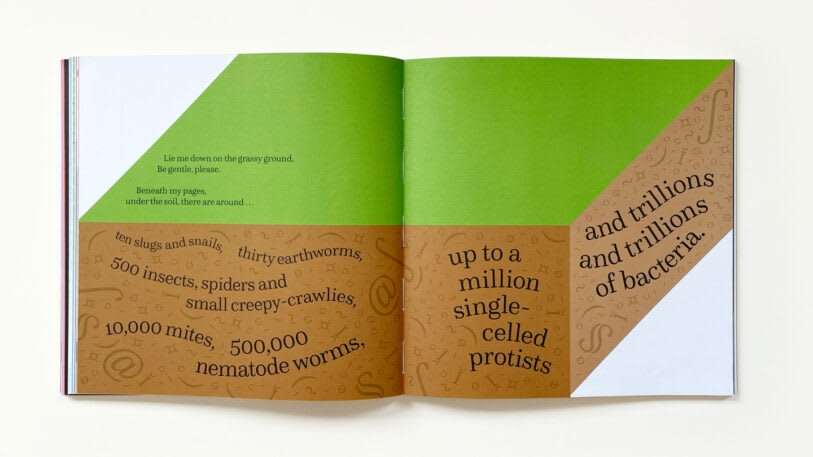
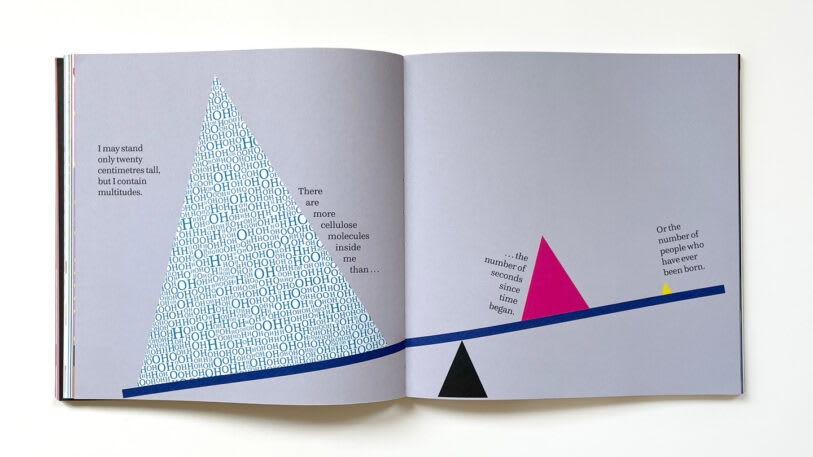
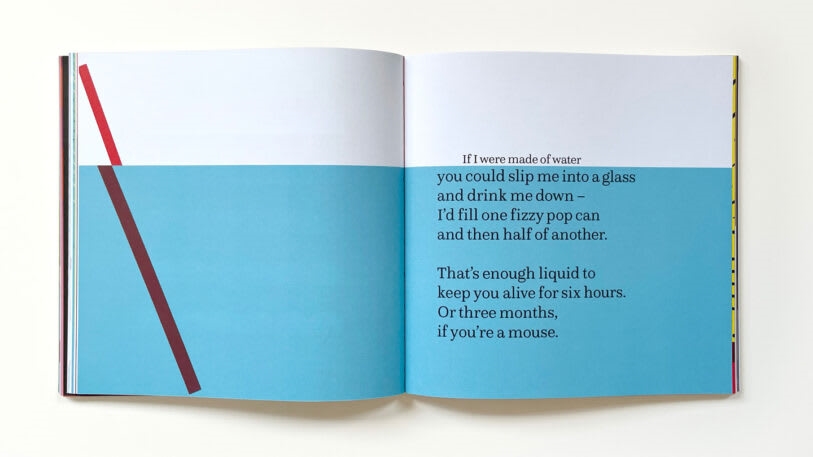
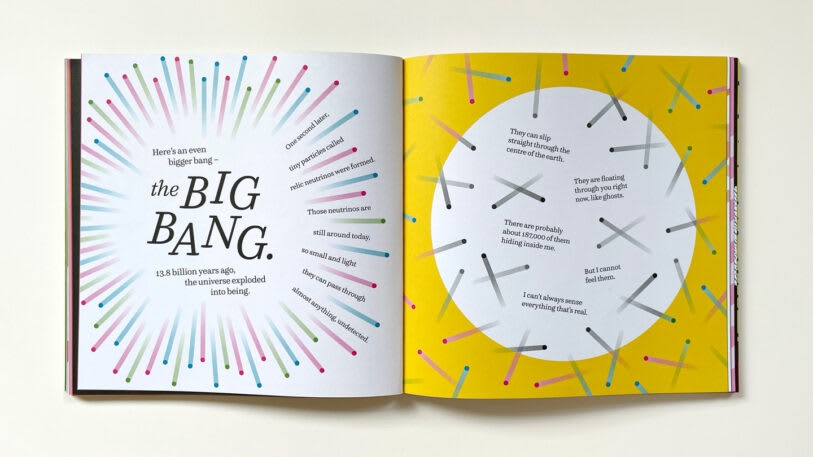
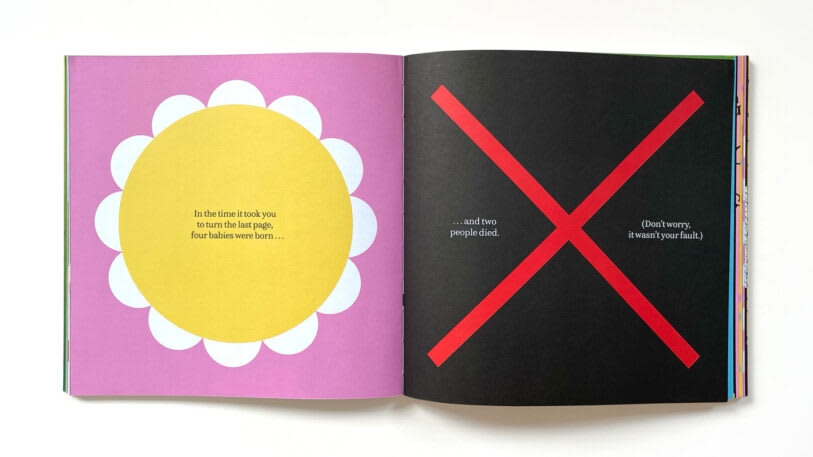
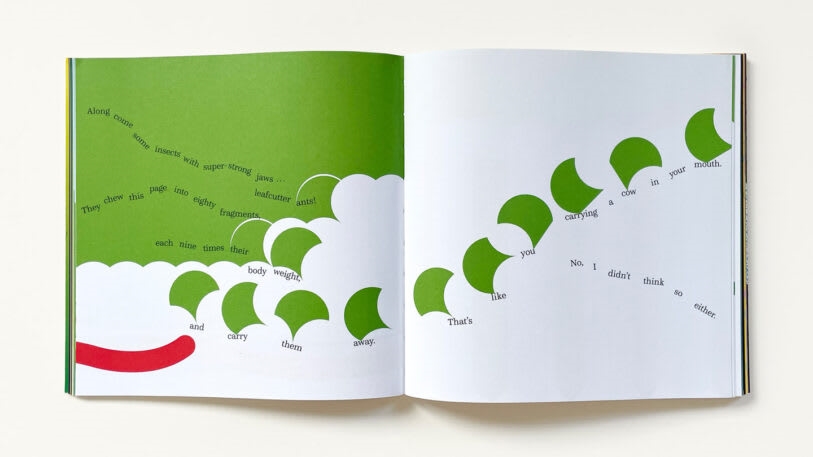
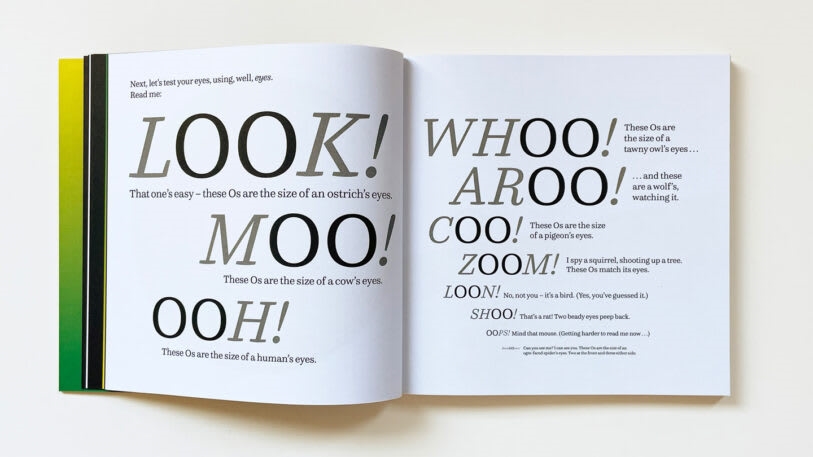
Fast Company , Read Full Story
(37)

